There are six types of pieces in chess, each with its name and specific movements. From the center to the edge of the board, these pieces are the king, the queen, the two bishops, the two knights, and the two rooks. Then there’s a pawn in front of each piece to make a total of eight pawns.
Understanding the basic names, starting positions, and moves of these chess pieces is the very first step in the game’s learning process.
In this article, we’ll discuss the chess piece names, starting positions, and moves in detail.
How Are Moves Named in Chess?
Before naming and moving the pieces around, you have to know the names of the chessboard squares. This will help you understand chess terminology like what (Queen to d3) means, for example.
In chess, each move uses a specific system that allows players to record and communicate their moves. This system is called algebraic notation.
It’s a combination of letters and numbers that identify each square on the chessboard.
How Does It Work?
The chessboard has eight ranks (horizontal rows) and eight files (vertical columns). The ranks are numbered 1 to 8, while the file labels are a to h.
You name the squares by combining the rank and file labels with the rank number first and the file letter second.
For example, the square in the bottom-left corner of the board is a1. The square in the bottom-right corner of the board is h1.
So, for example, if we say that a piece has moved from e2 to e4, it means that the piece has moved two vertical squares forward.
Pawn moves to e4
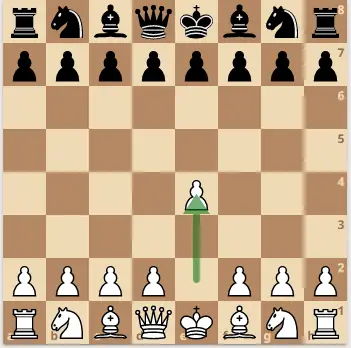
Chess Pieces Names and Their Starting Positions
Here’s the basic alignment of every piece on the board:
1. The King

The king is the most important piece on the chess board. Regardless of how many other pieces are left on the board, if one player checkmates the other, that player wins the game.
The king piece has a symbol that looks like a small cross. For white, the king’s starting position is the black square e1. Black’s king is placed on the other edge of the board on e8.
2. The Queen

If the king is the most important, the queen is the most powerful piece.
Much like the king, each player gets one queen and it’s placed right next to the king. White’s queen starts on d1 while black’s queen begins on d8.
3. The Bishops

Next in line, we have the bishops. Each player has two bishops, and they are placed next to the king and queen at the start of the game.
The bishop has a symbol resembling a small hat or helmet. White bishops start on c1 and f1. They’re opposed by the black bishops on c8 and f8.
4. The Knights

Next to the Bishops of each player, we have knights. They are famous for looking like a horse’s head, or a knight on a horse if you’re looking at a fancy chess set.
White knights sit on b1 and g1 and black knights start on b8 and g8.
5. The Rooks
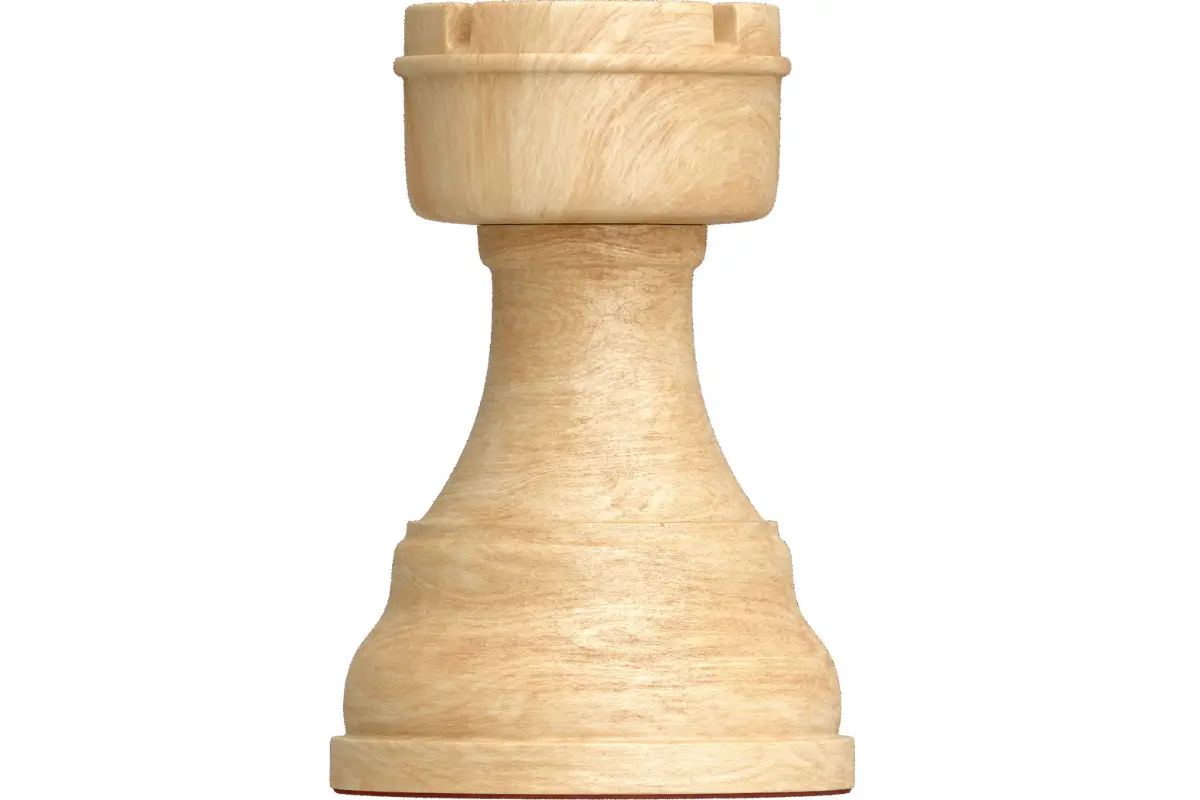
The rook is the second most powerful piece after the queen. It’s designed to look like a castle. As such, it’s found on the four edges of the board.
White’s rooks start at a1 and h1, and black’s rooks are on a8 and h8.
6. The Pawns
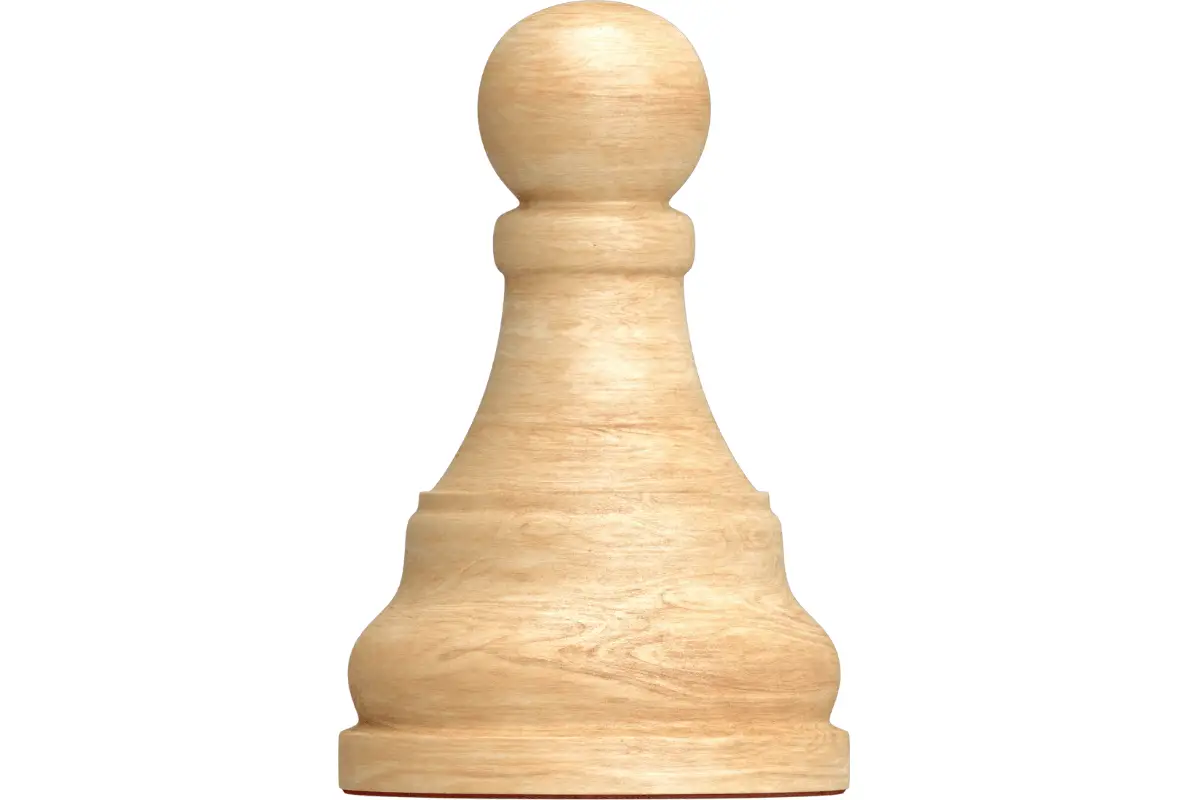
The pawns are the weakest but most numerous pieces on the chessboard. Each player gets eight pawns, and they take the horizontal line in front of all other pieces.
White’s pawns occupy all the squares from a2 to h2, while black’s pawns start on the squares from a7 to h7.
How to Move Chess Pieces
Every piece has a specific movement. You can capture an opponent’s piece when you move a piece to a square occupied by your opponent’s piece.
Once you capture an opponent’s piece, it’s out of play. Here is the move set:
1. The King
The king can move in any direction but can only move one square. However, It can’t move to a square under attack by the opponent’s pieces. If your king is attacked (checked), you can only move the king or any other piece that can defend the king.
You can capture other pieces using your king as long as they’re not defended. However, due to the importance of the king, using it to capture is ill-advised unless you have a plan in mind.
King moves one square in any direction

2. The Queen
The game continues if your opponent captures your queen, which is why it’s not as important as the king. However, it remains the most powerful piece on the board as it blends the movements of your rooks and bishops.
In other words, the queen can move horizontally, vertically, or diagonally.
Queen moves in any direction in a straight line

3. The Bishops
Bishops can move diagonally as long as no pieces are blocking their path. They also capture by moving to the square occupied by an opponent’s piece.
Bishop moves diagonally

4. The Knights
The Knight utilizes an L-shaped pattern. It can jump two squares and then a square in a perpendicular direction. Also, they’re the only pieces that can move through other pieces or jump over them.
They also capture by moving to the square occupied by an opponent’s piece using their L-shaped move.
Knights move in L-shape
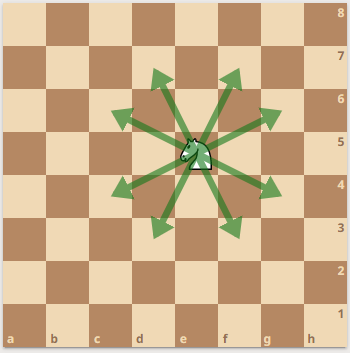
5. The Rooks
Rooks can move to any square along a rank (horizontal) or file (vertical) as long as no pieces are blocking their path. They capture by moving to the square occupied by an opponent’s piece on a rank or file.
Rooks move horizontally and vertically

6. The Pawns
Pawns can move one or two squares forward on their first move. After that, they’re restricted to one move forward or one diagonal capture.
The pawn can’t move backward and can only capture an opponent’s piece by moving diagonally one square forward.
Pawns move one square forward or 2 squares on their first move
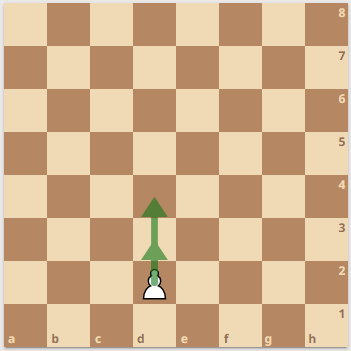
How to Name a Move?
To name a move, specify the piece you’re moving and the square it’s moving to. If a player captures an opponent’s piece, they must specify the capturing piece and identify the square where the captured piece was located.
To indicate a capture, use the letter between the piece and the square. For example, if a player moves their pawn from e2 to e4, the move is written as e2-e4.
If the move captures an opponent’s piece, we use the first letter of the capturing piece, followed by an “x” and then the target square.
For example, if a rook is capturing a piece on e4, the move is written like this: Rxe4
Why Should You Learn How to Name Chess Moves?
Learning how to name moves in chess helps you communicate and record your moves. It also lets you review and analyze the game later on.
Additionally, if you plan to play in chess tournaments, you need to be familiar with algebraic notation. It’s the standard notation in official games.
Learning how moves are named is a fundamental step toward becoming a better player.
Without understanding notation, it would be impossible to play or understand the game at a deeper level.
Special Moves in Chess
In addition to the basic moves of each piece, there are a few special moves that you should be aware of.
1. Castling
This move allows the king to move two or three squares toward a rook (depending on which rook the king chooses to castle with). The rook moves to the square the king just crossed over.
Here are the rules for castling:
- A player can only do it if the king and the rook involved in the move haven’t moved before.
- There can’t be any pieces between the king and the rook involved in the move.
- The king can’t be in check or move through or land on a square the opponent is attacking.
- Each player can do it only once during a game.
Before castling

After Castling
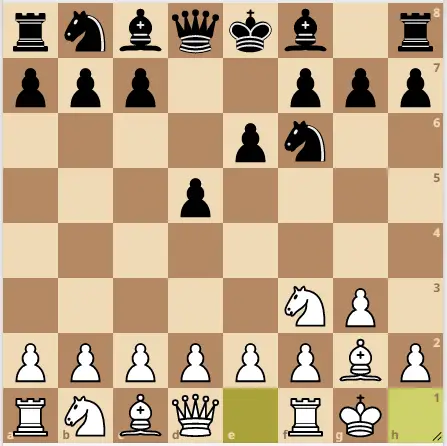
2. En Passant
If an opponent’s pawn moves two squares on its first move and lands next to your pawn that has crossed the center of the board, you can capture that pawn by moving behind it.
Here are the basic rules for en passant:
- Only pawns can make an en passant capture.
- The capturing pawn must be on its fifth rank (just crossed the center of the board).
- The captured pawn must have just moved two squares forward from its starting position and landed on an adjacent square to the capturing pawn.
- Capture by moving the capturing pawn diagonally to the square behind the target pawn.
- If you don’t take the opportunity to use “en passant” bright away, the option expires, and you can’t do it later.
Example of en passant

3. Pawn Promotion
When a pawn manages to reach the edge end of the board, it can be promoted to any other piece of the same color. The newly promoted piece can move and capture just like the piece it was promoted to.
The player can choose which piece to promote the pawn to. In practice, the queen is the most common choice for promotion, as it’s the most powerful piece on the board.
Can a Player Have a Second Queen?
Yes, a player can promote a pawn to a queen even if they still have a queen on the board. There’s no limit to the number of queens a player can have on the board as long as they can promote a pawn.
Conclusion
Chess is a strategy board game that requires the player to think and plan their moves carefully. Each piece has its unique name and move.
Knowing the chess piece names and moves is essential for understanding and playing the game. Understanding these rules is crucial to becoming a skilled chess player in no time!


